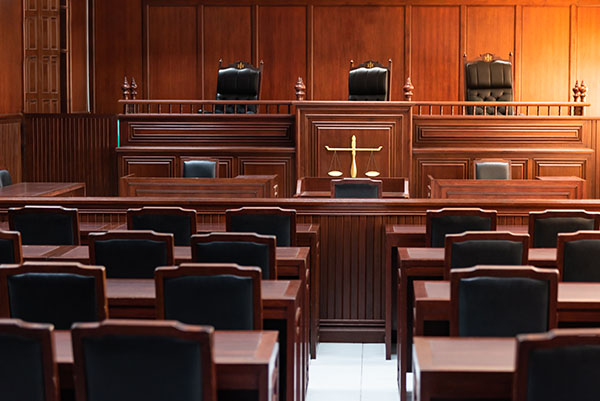
Spoliation of Evidence

To decide whether spoliation has occurred, a court will consider three factors: 1) the relationship of the evidence to the case; 2) the extent to which it is lost/damaged and 3) whether the party accused of spoliation knew or should have known that the evidence could be used in potential litigation. The case of Cody v. Target Corp.[2] is instructive as to what sanction should be meted out when a party spoliates evidence. In this case, a customer purchased what was thought to be an inflatable mattress from Target. Upon opening the box, the customer did not find an inflatable mattress, but instead some type of noxious gas container/device. Cody immediately returned the box to Target, but her family members began getting ill. Soon thereafter, Target disposed of the items. Following their lawsuit, the customers moved for spoliation sanctions. The circuit court imposed sanctions on Target finding liability and denying Target a causation defense.
It is important that parties involved in the spoliation of evidence are held accountable. As one court aptly put it: “Aside perhaps from perjury, no act serves to threaten the integrity of the judicial process more than the spoliation of evidence. Our adversarial process is designed to tolerate human failings — erring judges can be reversed, uncooperative counsel can be shepherded, and recalcitrant witnesses compelled to testify. But, when critical documents go missing, judges and litigants alike descend into a world of ad hocery and half measures — and our civil justice system suffers.”[3]
Understanding your duties regarding the preservation of evidence is critical. As soon as a legal dispute arises, it is paramount that you take steps to preserve evidence and that you take steps to hold others accountable for preserving evidence. For this reason, it is important that you seek the advice of one of our experienced attorneys who has previously dealt with issues of spoliation.
[1] Black’s Law Dictionary 1409 (7th ed. 1999).
[2] 2013 WI App 94, 349 Wis. 2d 525, 825 N.W.2d 290 – an unpublished decision (citable for persuasive value).
[3] Keithley v. The Home Store.com, Inc., 2008 U.S. Dist. LEXIS 61741 (N.D. Cal. Aug. 12, 2008), quoting United Medical Supply Co. v. United States, 77 Fed. Cl. 257, 258-59 (Fed. Cl. 2007).




